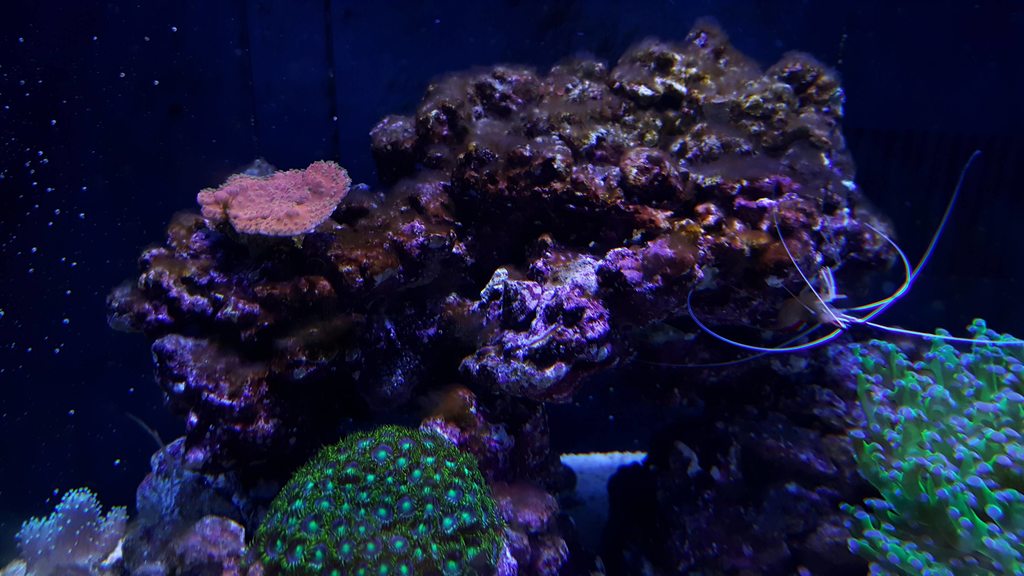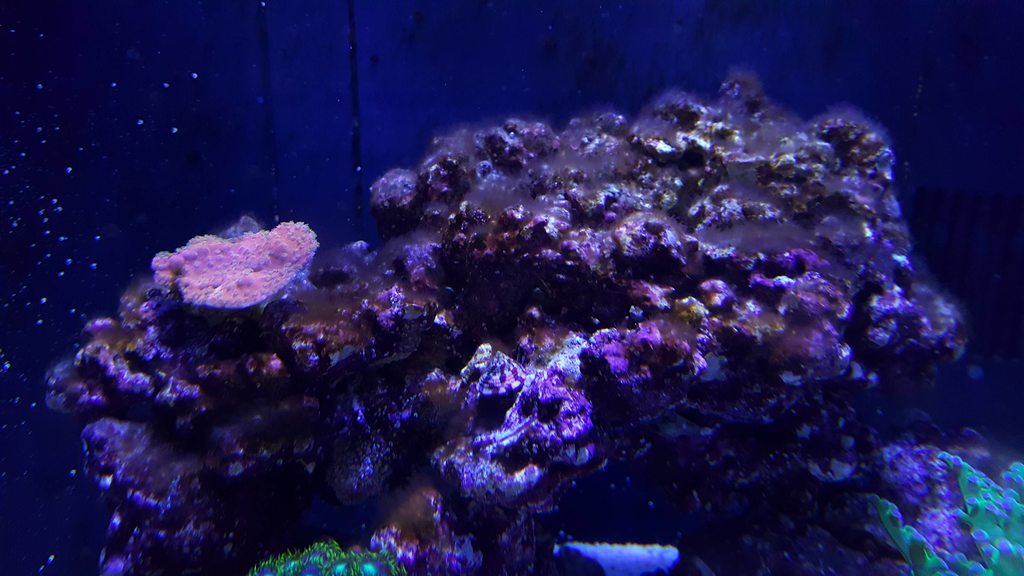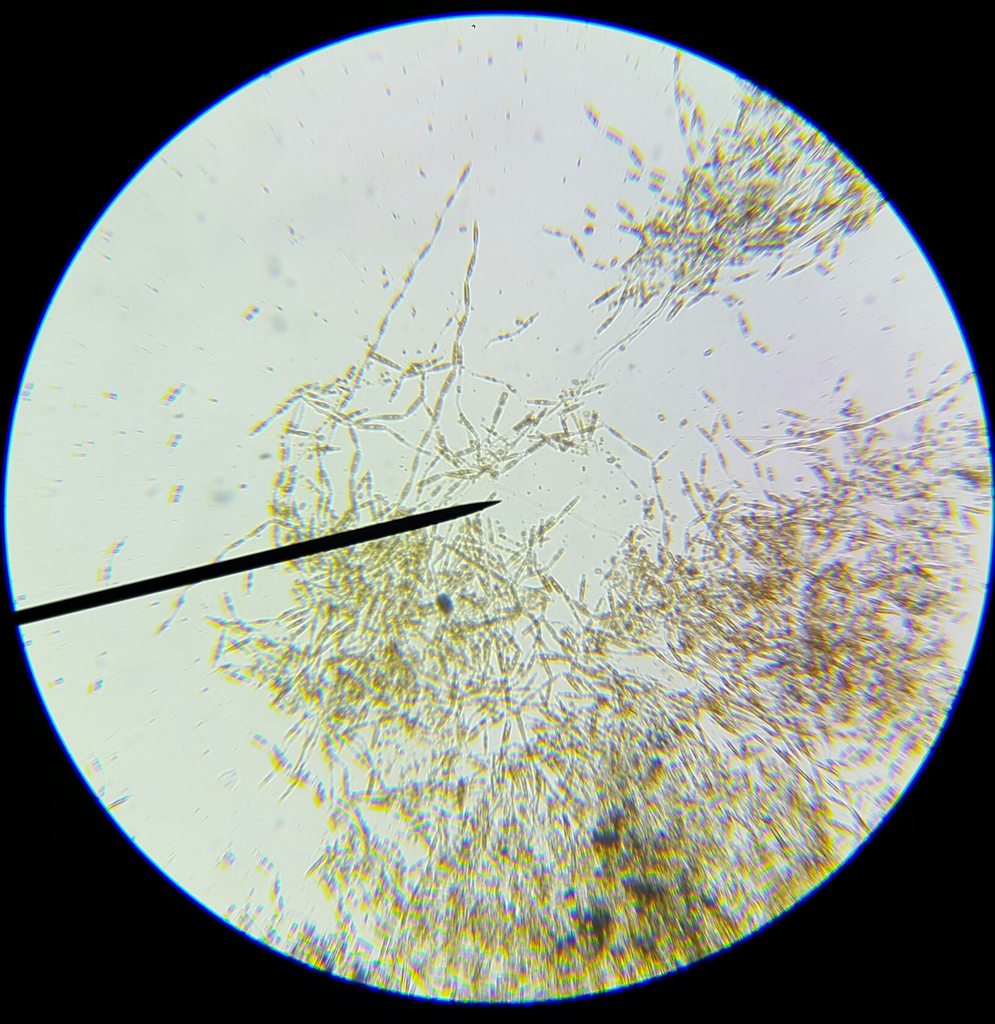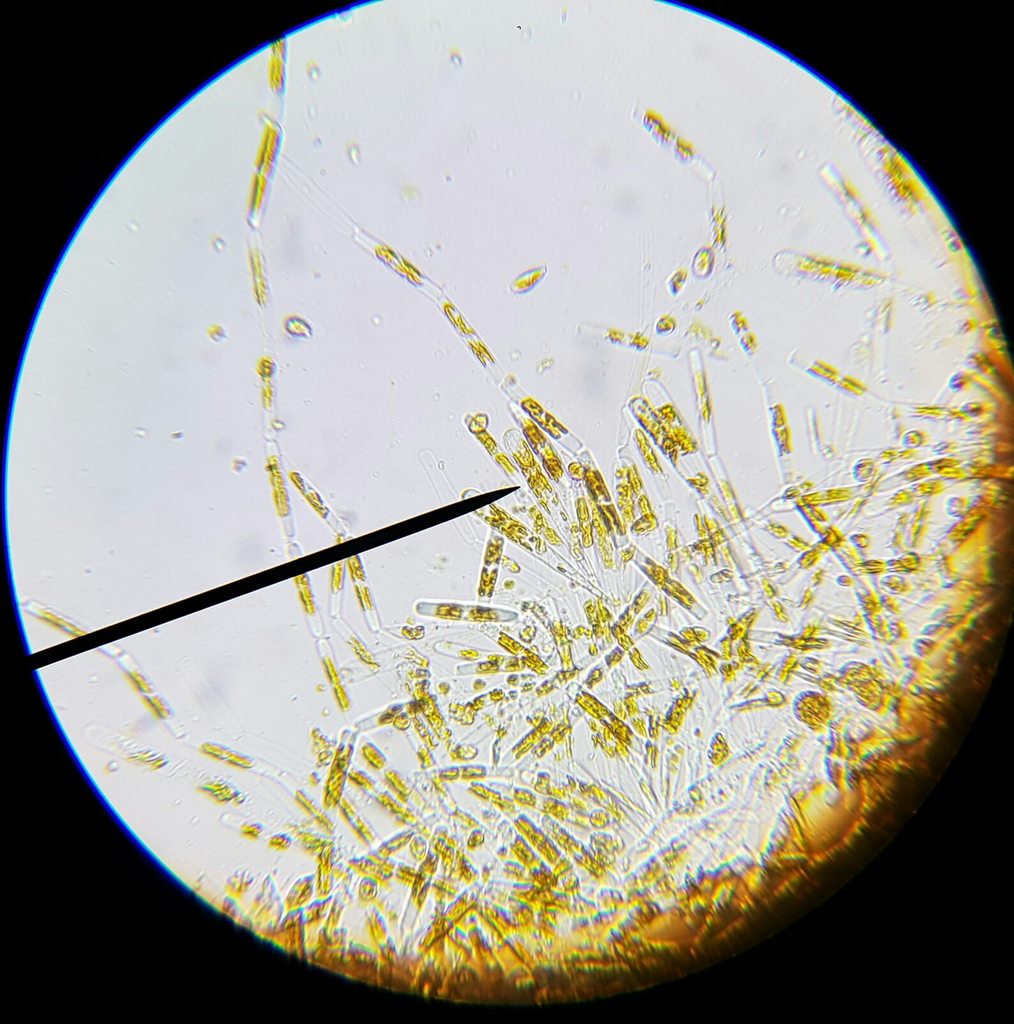Great thread....got these in spades, probably from another tank I took care of a few years ago that I shared some equipment with. (Not a normal practice....it was an emergency.)
"Golden diatoms" was the only clue I'd gotten to the ID of these baddies....but zero related info.
This was my thought as well....the baddies took over when the tank was being ignored for a long period and coincidentally specific gravity crept up to 1.030+ via two-part dosing.
Coraline had disappeared in the mean time....and I found out PO4 had accumulated to .20 per a Hanna phosphate meter. Nitrates have always been zero below zero due to no fish and minimal feeding. (I'm no longer in the camp of thinking this was a good nitrate strategy as it just seems to tilt the table toward cyano and away from green algae.)
The tank has stabilized in most aspects, but this algae is still calling it home....and it does have a tendency to choke out some corals if left to its own devices.....my Hydophora literally seems to attract it.
Margarita snails died within weeks of adding them to the tank, maybe due to eating this stuff, but I can't rule out a bad batch of snails.
I added a bunch of Ceriths later and only lost a couple of the smaller ones...the rest have been fine, but I can't tell if they're making any headway on the problem – imperceptible if they are.
I'm not a fan of hermit crabs because I like snails...so I don't plan to add any if I can help it.
I may have to find someone to send a sample to for ID.....getting a microscope here at home isn't happening.
Any suggestions?
"Golden diatoms" was the only clue I'd gotten to the ID of these baddies....but zero related info.
this is just my experience. corraline has a way of telling unwanted algae to go away.
that isnt to mean that you are immune, just that it seems harder to establish on those rock from my experience.
only reason i mention it is because you have some super clean rocks. i did the same way as you, and corraline still spread.
This was my thought as well....the baddies took over when the tank was being ignored for a long period and coincidentally specific gravity crept up to 1.030+ via two-part dosing.
Coraline had disappeared in the mean time....and I found out PO4 had accumulated to .20 per a Hanna phosphate meter. Nitrates have always been zero below zero due to no fish and minimal feeding. (I'm no longer in the camp of thinking this was a good nitrate strategy as it just seems to tilt the table toward cyano and away from green algae.)
The tank has stabilized in most aspects, but this algae is still calling it home....and it does have a tendency to choke out some corals if left to its own devices.....my Hydophora literally seems to attract it.
Margarita snails died within weeks of adding them to the tank, maybe due to eating this stuff, but I can't rule out a bad batch of snails.
I added a bunch of Ceriths later and only lost a couple of the smaller ones...the rest have been fine, but I can't tell if they're making any headway on the problem – imperceptible if they are.
I'm not a fan of hermit crabs because I like snails...so I don't plan to add any if I can help it.
I may have to find someone to send a sample to for ID.....getting a microscope here at home isn't happening.
Any suggestions?






















